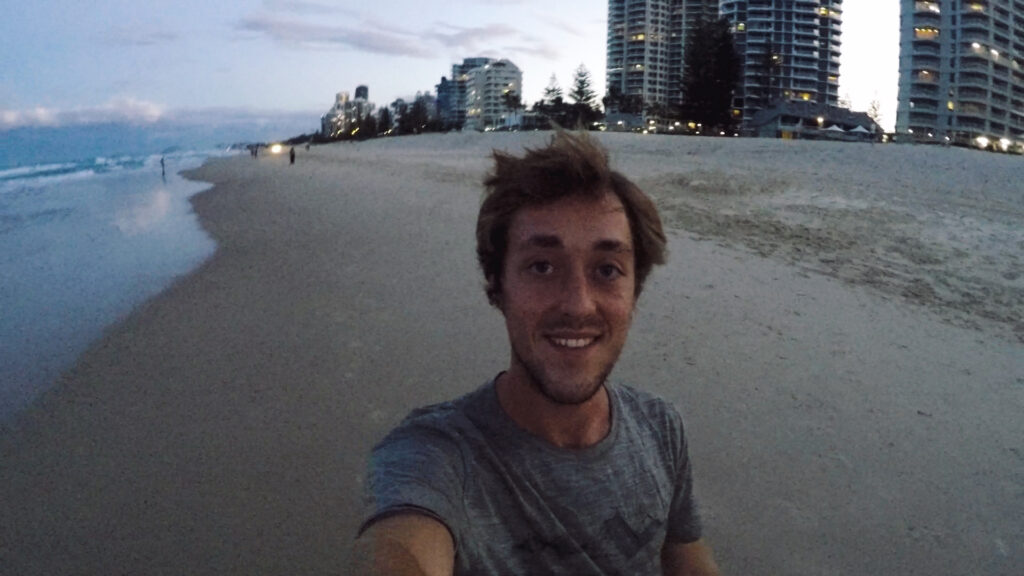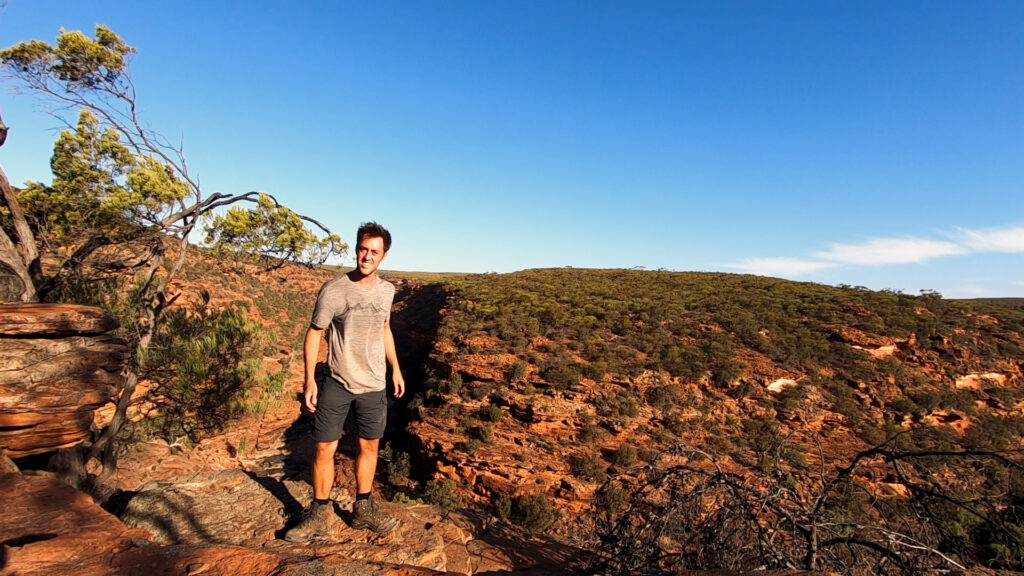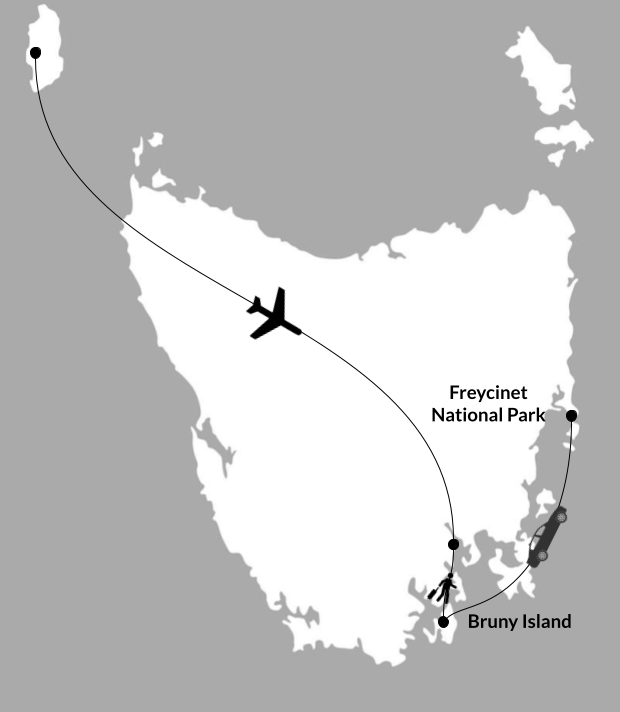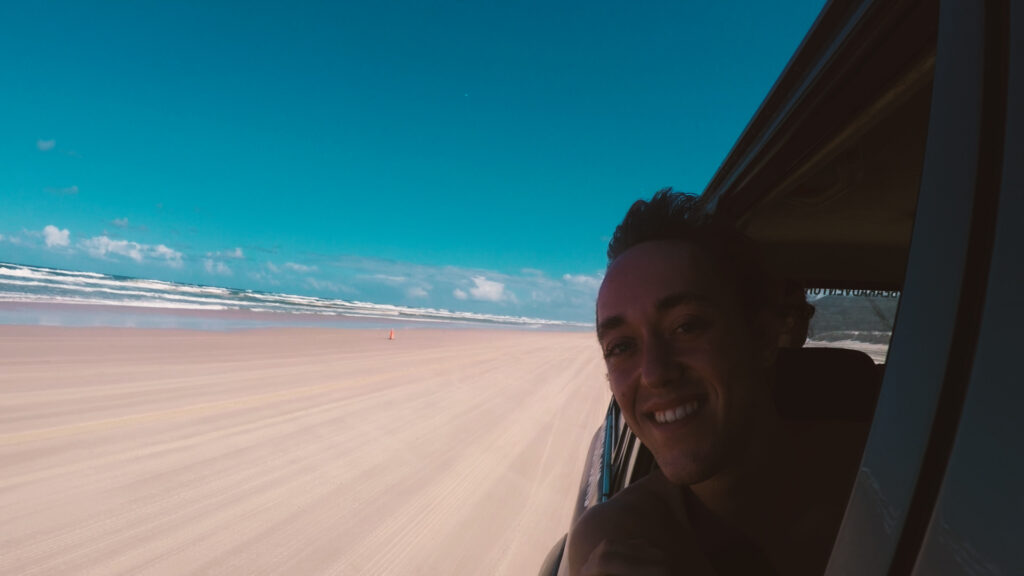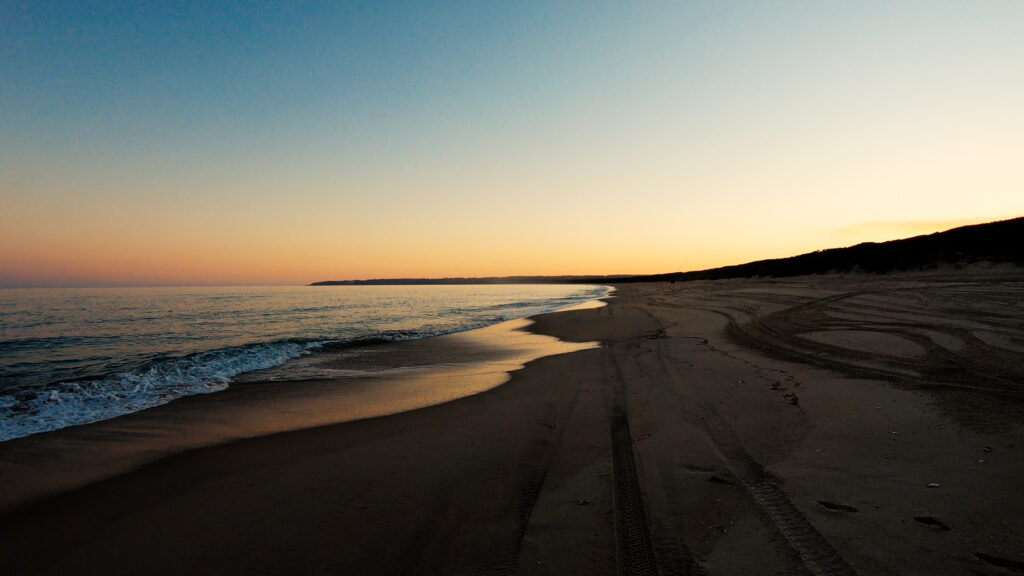travel, Travel Guides, Travel Tips
What to take in your backpack on your trip around the world
As many people would, I needed lots of help figuring out what to take in my backpack on my trip around the Australian East Coast. Luckily, many of my friends on King Island were backpackers at the time, so everyone had valuable tips. Many hours of research and discussion later, I had the gear I needed.
Now that I am travelling, what is required for a trip like this is even more apparent. In contrast, it is also very evident what to leave at home. Your list will change with experience, so do not panic too much! You will need to consider your circumstances when writing out your list. You may need camping gear, extra warm clothes, or only a second pair of shorts.
In saying that, I highly recommend you take most of the items on the list below, or at least similar things, but it is a 100% personal choice regarding what to take in your backpack.
*The list below is everything that I took, and not everything may not apply to you. It is a look inside my backpack from my 2022 Australia trip.
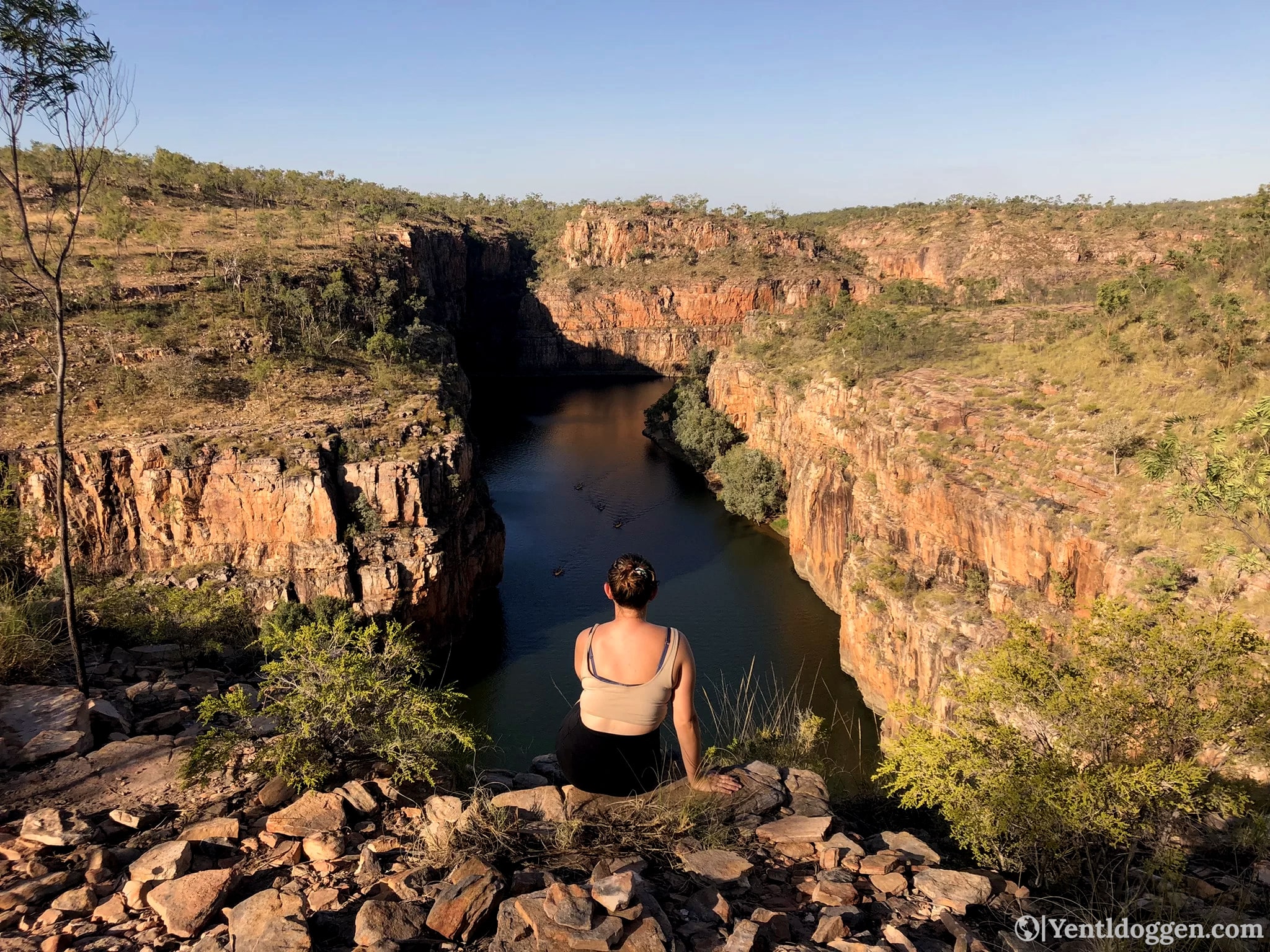
Your backpack:
I find it hard to take a ‘backpacker’ seriously if they travel with a suitcase and not a backpack. Backpacks make the in-between destinations much more accessible, so picking your backpack is the first important step in this adventure. Each company and individual backpack offers different styles and sizes, so research is critical! Soon, both Yentl and I will dive deeper into our choice of packs for you.
Looking at what other backpackers use is a great way to find the best backpack for you. Furthermore, head into an outdoor store and speak with an experienced staff member. They provide excellent advice and help you find the best fit for you.

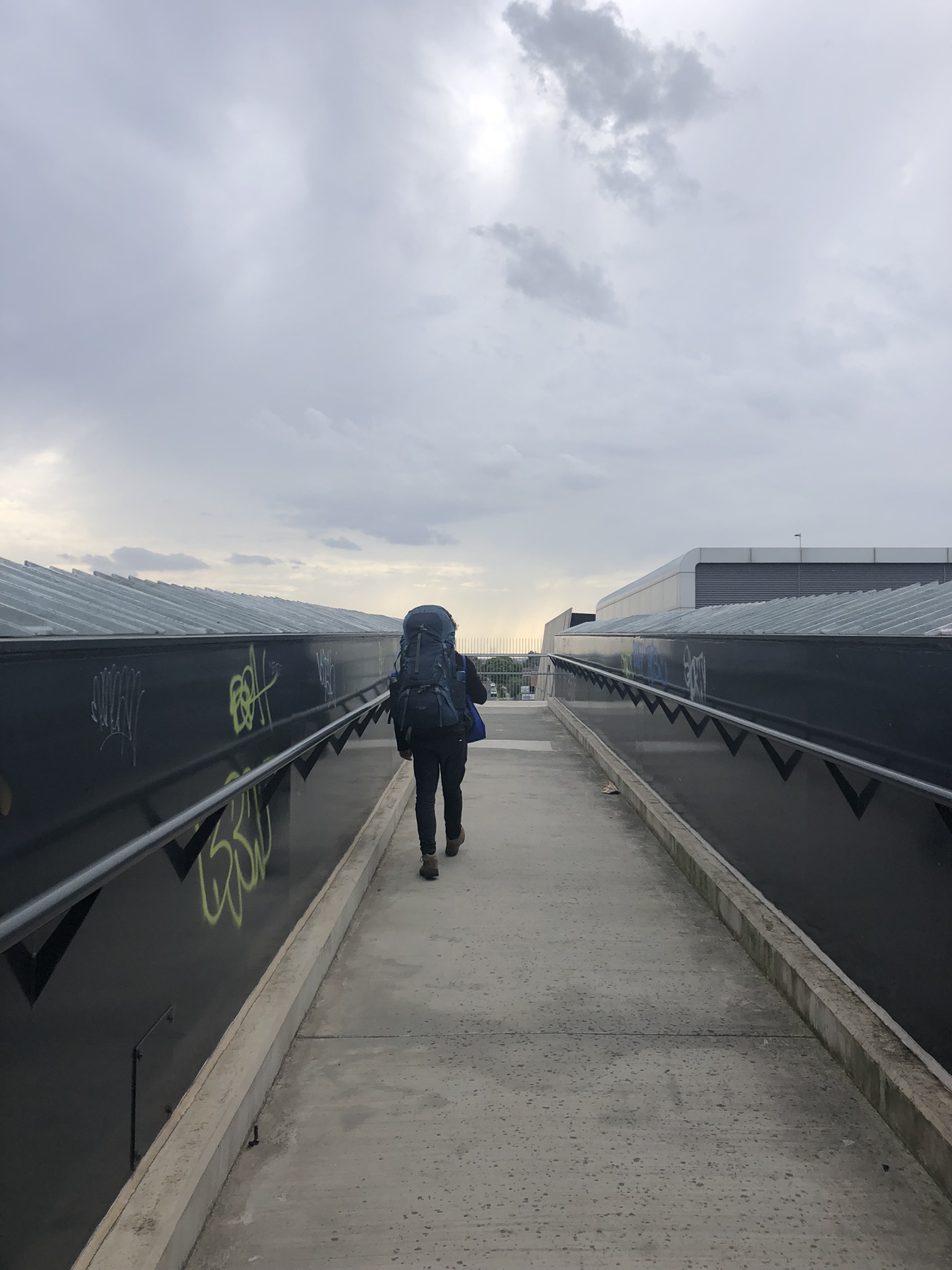
Camping Gear – to take or not to take:
While camping may not be on your travel itinerary, having the gear can be a significant lifesaver sometimes. Firstly, it allows you always to have a sleeping place, which can be vital if you plan on hitchhiking. If you cannot find a ride, you can always walk to the nearest clear/safe spot and set up your tent. Camp gear also allows you to take more adventurous travels, such as overnight hiking into places that cannot be reached by car.
Further, hostel bedding and pillows are not always the best, so having your travel pillow and sleeping bag can sometimes be great when not camping! I love having my camp gear with me for this reason. However, depending on your chosen equipment, it adds weight to your bag and has a higher cost. In the following list, I will outline the camping gear I believe you should take, but if you do not need it, skip past it.
Good quality, lightweight tent:
While it can be nice to go out and buy a cheap tent from Kmart or the similar, it will come back to bite you in the butt. Not only will it probably be much heavier to carry, but it also will not be waterproof. Trust me when I say this, you want a waterproof tent, no matter the destination. I got caught out without a waterproof tent, and being drenched at 4 am is not a good start to your day. You never know when the weather will change, and it also means you have the right gear to go anywhere if you want to. Not saying you have to invest in an $800 top-of-the-range tent, but an excellent quality mid-range tent is something you should be looking at.
Sleeping bag/quilt:
Depending on how extreme you will go, your sleeping bag depends on you. If you have one at home in good condition that suits you, make sure it’s suited to your environment. For example, please do not bring a light, cotton sleeping bag if you plan to camp in winter or the Alps. Yentl and I invested in good quality, lightweight quilts to take with us. Essentially, they are sleeping bags that you can either zip up into the bag or layover you are a quilt. They are the best investment we made; they keep you warm and are lightweight. We bought ours from Enlightened Equipment in the USA.
Sleeping mat:
One of the essential parts of your sleep system is your sleeping mat. There are many different brands and styles, so shop for your needs. Look for depth when inflated (I don’t go below 5cm) and the R-value. R-value indicates the insulation; the higher the value, the warmer you will be.
Inflatable pillow:
There are a few different camping/hiking pillows around, but the one we both found best fit our needs as backpackers was the inflatable pillow. Super compact and easy to adjust to your needs. In hostels, I place this under the provided pillow for added comfort. They are also excellent on planes and trains.


Packing cubes – keep your backpack organised:
The cubes keep everything organised and neatly packed away, meaning you can get more into your backpack and quickly grab what you need without pulling your pack apart. These are a must-have for any traveller. Once you have used them, you cannot go back.
Daypack:
While this may seem obvious, you will need a daypack when travelling. When you have left your large backpack at your accommodation for day trips, you will need somewhere to carry your water and other day-related materials. The 9l pack from Decathalon is my favourite; super lightweight but can easily fit two drink bottles and food for a long day hike.
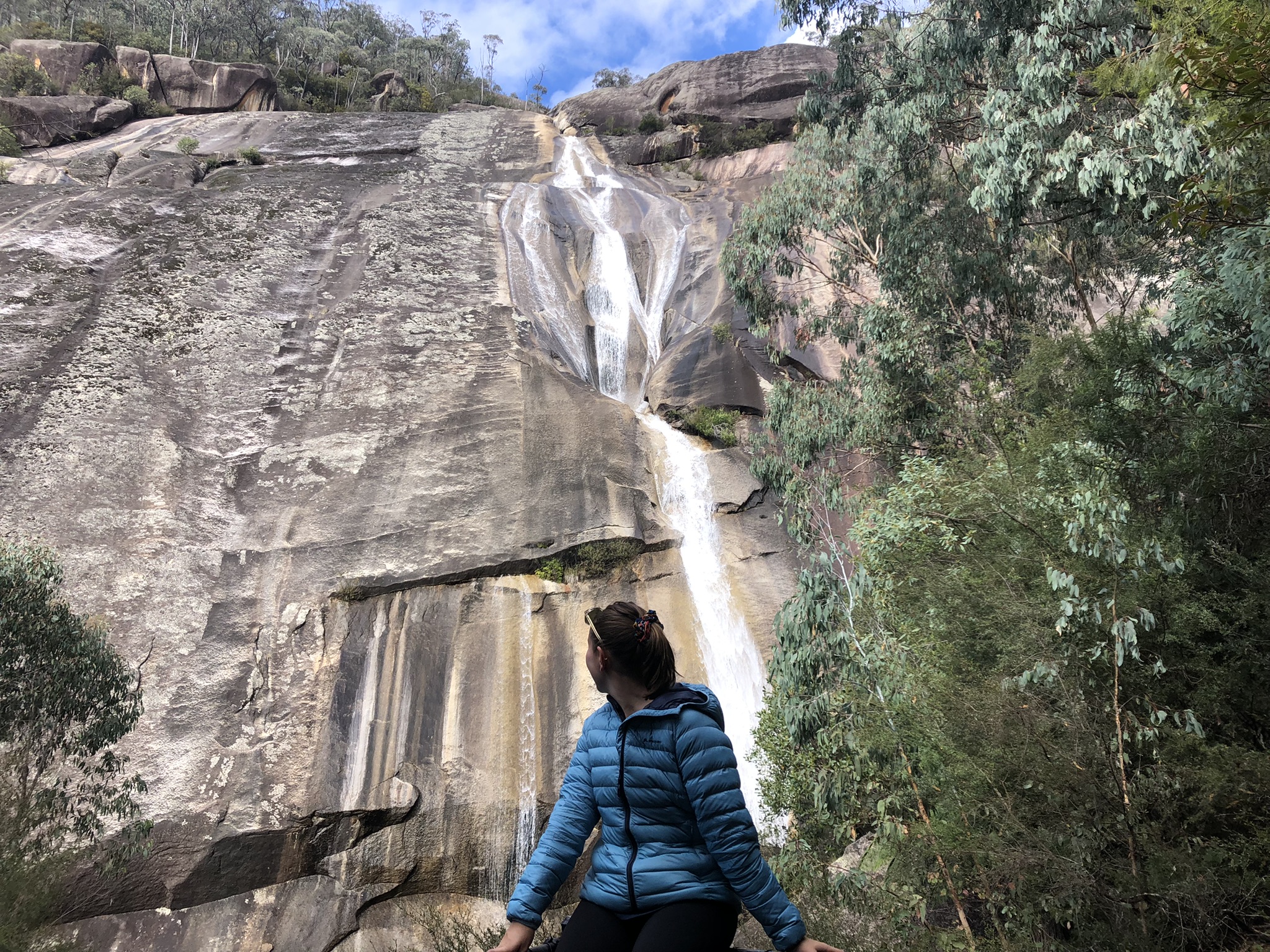
Everyday clothes:
So far, I have listed some of the last things you have thought of.
Some of the most important decisions you will make when deciding what to take in your backpack are about what clothes to take. This guide does not include raincoats but your general everyday garments and underwear. This is where I got the most stumped while getting my pack together. Yentl and I had gone over everything else. I had chosen my camp gear, shoes, journal and toiletries but could not get my clothes in order. After months of procrastination, it came down to the night before we left. I do not want this for you, so here is how I got through it (at the very last minute).
We threw around our travel plan and realised everything required to be versatile for both hot and cold climates. We needed enough underwear and socks to last at least ten days. A few stressful moments later, I created this base list below.
- Ten underwear (or the equivalent to last ten days)
- six pairs of socks (two hiking, two low socks for my converse and two ankle socks)
- Two bras (one sports bra, one everyday bra)
- One long pant (I originally packed a light pair of jeans but replaced them halfway through for a more lightweight pair of pants)
- Two exercise/hiking pants (one bike short, one full length)
- One spare lightweight shorts for washing day
- Four tops (one longsleeved black linen for a more formal look, a hiking shirt, a basic t-shirt and a crop top for warmer days)
- One fleece jumper
- One pair of pyjamas
- I added one spare t-shirt halfway through the trip and one dress.
Raincoat:
There is nothing worse than being wet through and cold on your hike. Something that is too often overlooked. Never trust the weather forecast. It would be best if you always were prepared. Invest in a good quality, lightweight jacket if you plan to spend time hiking.
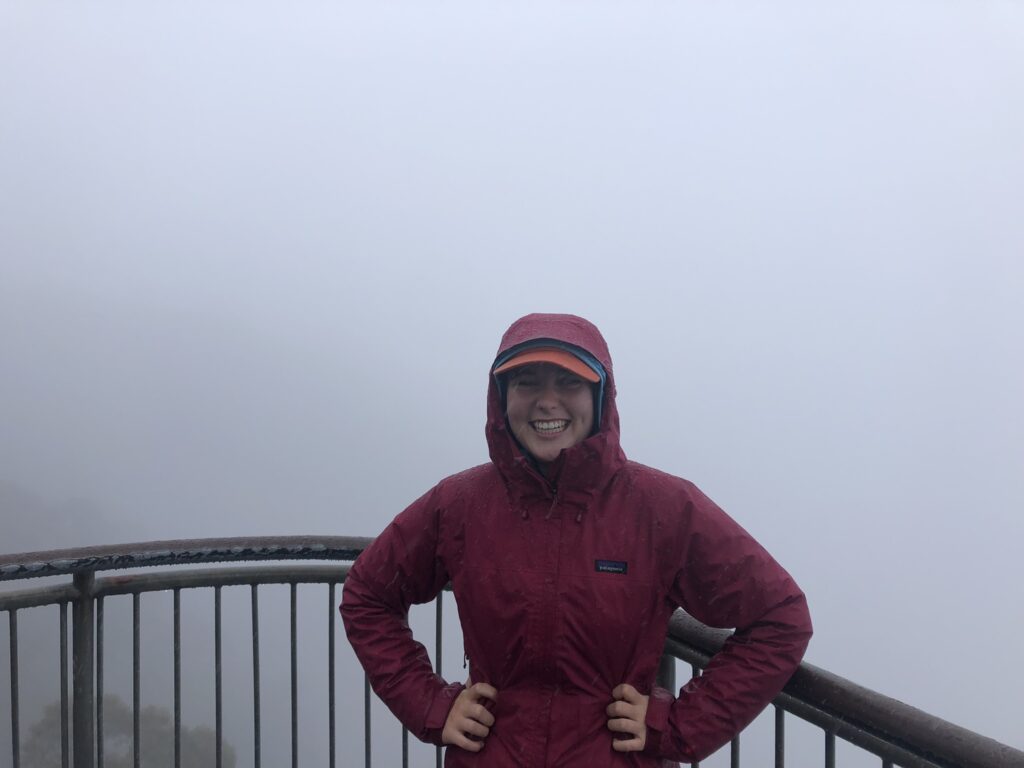
Eye mask and earplugs:
This is for the time you will be sharing rooms in hostels. I am always the first in bed, so the light is naturally still on. If you are on the top bunk, the humble eye mask feels like a godsend when the glare of the lights shines into your eyes. The earplugs are something I hope you do not have to use, but sadly, it is better to have them than not. You may get snorers, heavy breathers, or just noisy people.
Journal:
Travelling long-term means that you experience new and exciting things every day. You think you will remember all of it at the moment; trust me, you will want to. But realistically, it will be hard to remember all the great small things that happen. Therefore, a travel diary or journal is super essential to have! Spending a small amount of time when you can to fill out your favourite things from each day not only makes you relax for a bit, but when you get home, you will be able to relive them all over again.
Quick-dry, lightweight towel:
Trust me when I say this will be one of your most important purchases. Regular towels are too big and bulky to fit into your backpack. Moreover, they take forever to dry. A lightweight, quick-drying towel will save you many headaches when travelling. They are also perfect for the beach, as most sand shakes off.
Photo ID:
While carrying a photo ID seems like common sense, I don’t just mean your passport. If you can, bring another photo ID with your birthdate on it. Some places ask for two forms of ID, but the main reason is that you don’t have to take your passport everywhere if you go partying. It is the most crucial document you carry when travelling, so you do not want to damage or lose it in a club.

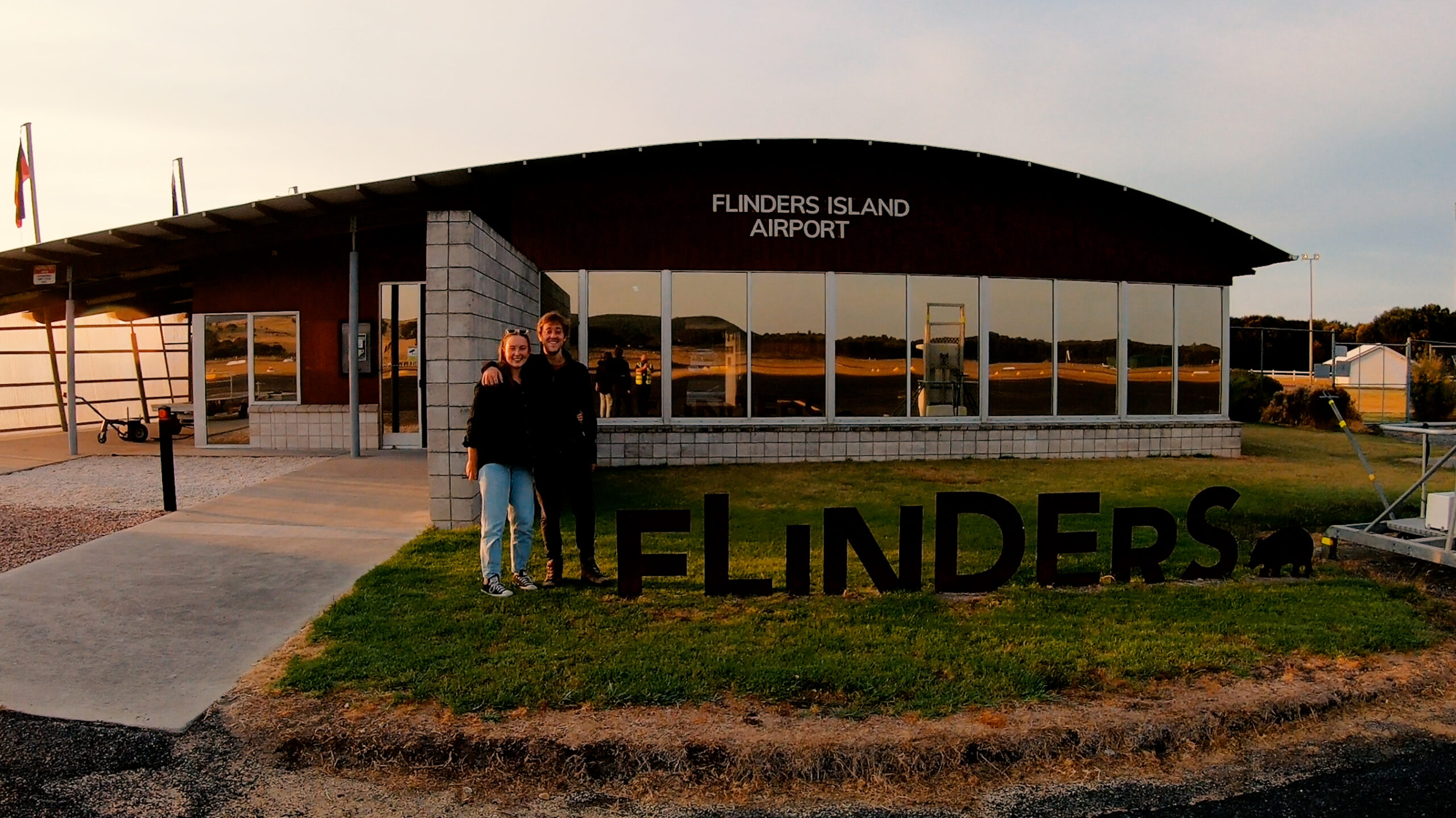
Good hiking/running/walking shoes:
If you are a low-budget traveller, you will walk a lot regardless of your plans. Most of the time, your choice of public transport will not get you where you want to go, so you will be left walking. It is not bad; walking has plenty of benefits, but you will enjoy comfortable shoes. Furthermore, most of the best views and attractions require walking or hiking, so it’s best to be prepared for this!
Thongs or shower shoes for the shower:
While most hostels will clean most days, you will be thankful for having thongs (flip flops) or shower shoes. You never know what nasties thrive on the shower floor, so please remember shower shoes!
Small tablet:
Having a portable device other than your phone can be convenient when travelling. However, laptops are bulky and heavy, so they are not backpack-friendly. Also, they can be pretty expensive, meaning that if you were to lose or break them, it would cost you a heap of money to replace them. That’s why I recommend investing in a cheaper, smaller tablet! I carry a Lenovo Chromebook, which is impressive and does everything I need to do while on the road, including the blog! It makes it much more comfortable and enjoyable to watch a movie or book things, especially if you get one with a little keyboard.
Dry sacks:
Having dry sacks is especially important if you plan to go hiking or on long day trips. They help protect and keep dry all your valuables when it rains, which is vital on multi-day hikes. You will want to keep all your sleeping things dry and your electronics so they are not damaged and broken.
Power adaptor :
Common sense but easily forgotten. If you are not carrying the right power adaptors for the country you are going to, on the first day, you may get lucky, and your hostel may have one to borrow, but you will need to buy your own asap.
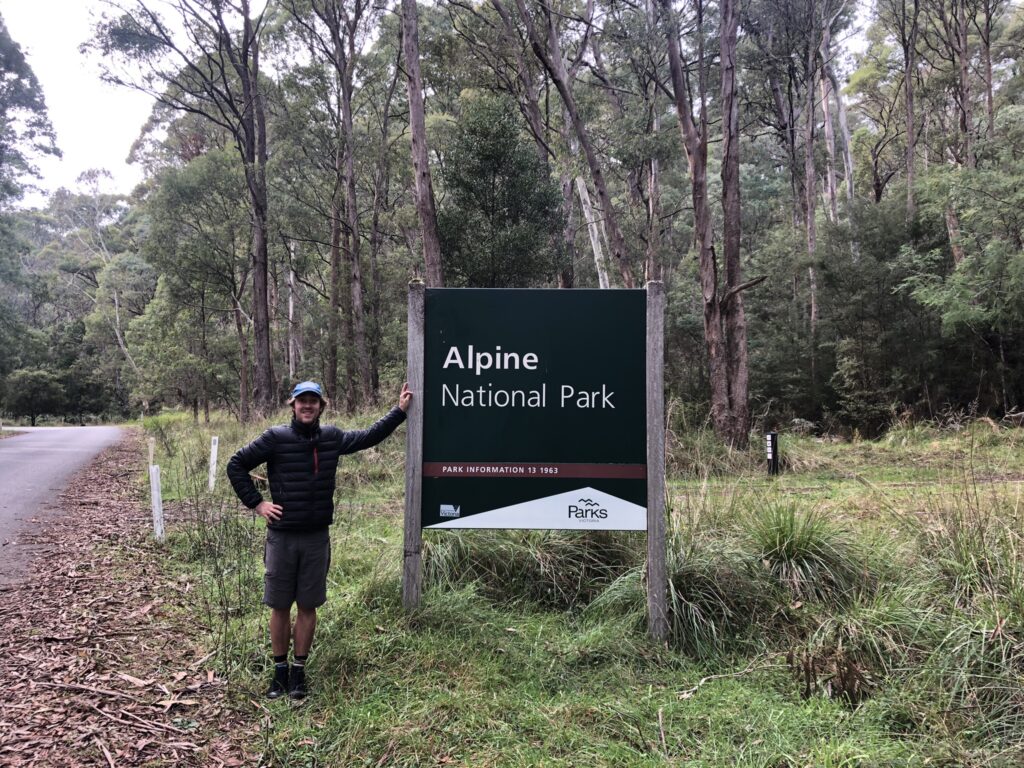
Beanie:
Depending on where you are going, a beanie is something you will be thrilled to have on cold nights. Whether you are heading out during winter and need a bit of extra warmth for the day or it’s the middle of the night camping, you will be thankful for this little treasure keeping your head warm. However, disregard this if you are going somewhere tropical.
Down Jackets:
Continuing on the winter theme, purchasing a lightweight down jacket for your travels is highly recommended if you are going somewhere cold. They will save you space and weight in your backpack and keep you warm when you need them. Just a simple down jacket will suffice for most trips.
Small, compactable hairbrush:
Normal hairbrushes are bulky and heavy, so finding a small, compact hairbrush will be a big win.
Hat, sunglasses and sunscreen:
For all, you sun lovers, remember to bring sun protection. Getting sunburnt will not be fun when you carry your backpack around, and walking around like a giant red lobster will not look great. A hat and sunglasses will also help keep the sun out of your eyes, which you will want on your day hikes.

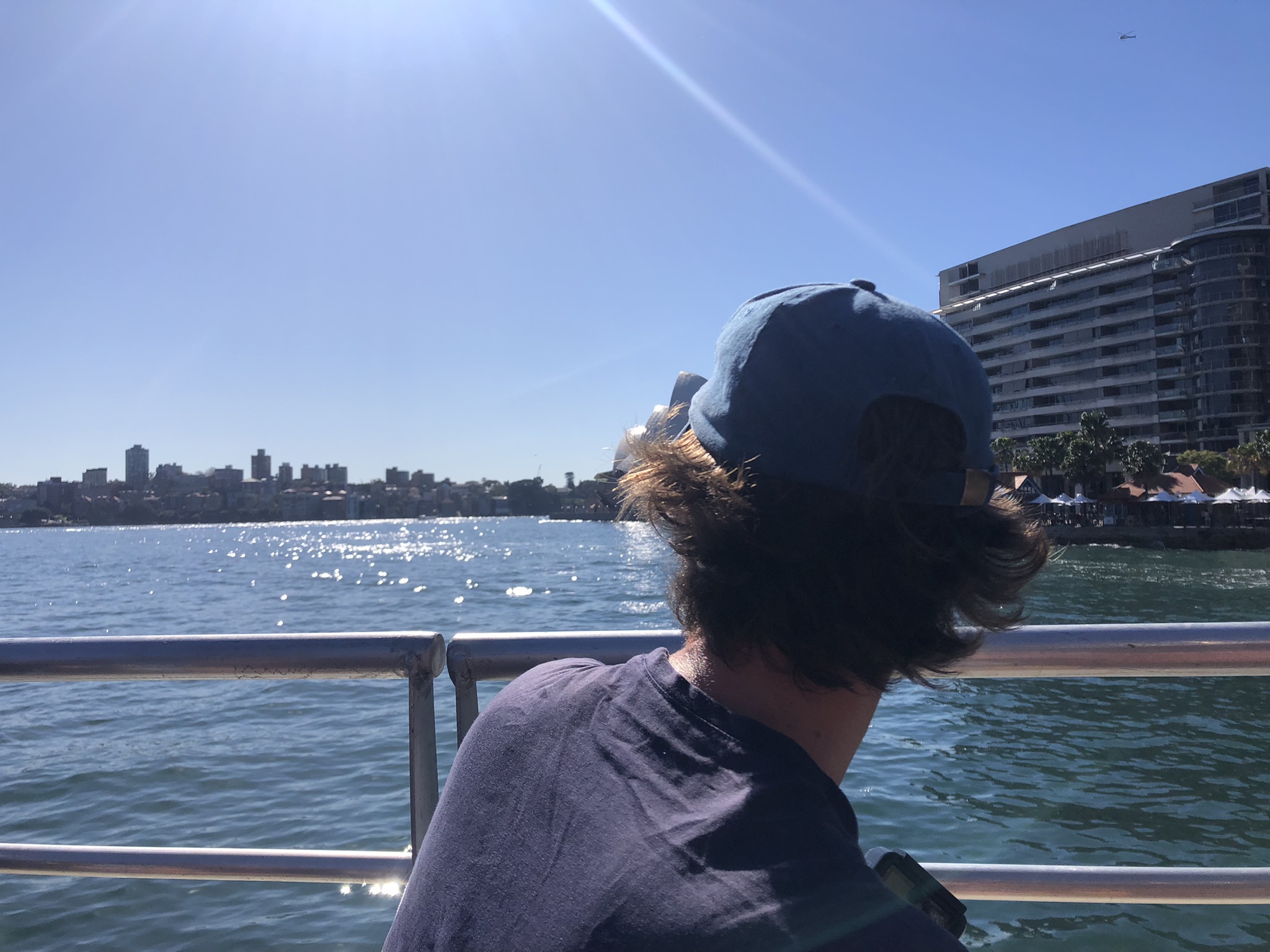
Washing detergent (powder):
Washing is most likely the last thing on your mind right now, but once you get out there, it will become one of the ever-important tasks of travel life. Each hostel is different, but most charge a fee for washing, so try to find a buddy or wash only when desperate. Furthermore, most will charge for detergent, which will cost you heaps in the long run. I suggest taking some washing powder in a plastic zip-lock bag and re-filling either by buying some with other travellers or at the next free one.
Dirty clothes bag:
Again, this would not have crossed your mind yet, but having a separate dirty clothes bag will make your life much easier in the long run! Nothing fancy, it can even just be a shopping bag, but it helps keep it all organised in your bag.
Let’s talk toiletries:
Please learn from my mistake here, and take a waterproof toiletries bag. Nothing is worse than getting to your next destination and realising that your shampoo or something similar has spilt through your bag. Furthermore, I suggest getting one that includes a hanger, as most hostel showers do not have anywhere to put your belongings while you are in the shower. What toiletries you take with you is entirely personal, but I recommend taking as many of the ‘bar’ options as possible. A soap bar, shampoo bar, and conditioner bar are all great ways to reduce weight and plastic waste! However, I suggest having a soap container for these if you take them!
Swimmers:
You cannot start your adventure without your trusty swimmers. Don’t splash out on them; in most hostels, they may have to dry in the tumble dryer as not many have somewhere to hang your clothes out to dry! You never know where you could end up; even if you leave in the middle of winter, you will want them at some point!
Small first aid kit:
It is best to be prepared, so I highly recommend taking a small, basic first aid kit. It can be as simple as a few band-aids and painkillers, to your medications, or even an emergency accident blanket. Below, I have dot-pointed what I have in mine for reference:
- Band-aids in large and regular size
- Emergency accident blanket
- Antiseptic cream
- Stingoes (insect bite gel and spray)
- Motion-sickness tablets
- painkillers (ibuprofen and paracetamol)
- cold and flu tablets
- Asthma puffer/reliever (salbutamol) and spacer
- tweezers and small sterile scissors
- Gloves
Lock for lockers:
This is one of the most important things to keep your possessions safe. Most hostels will provide lockers in your room, but not the lock, so they do not protect it from theft. Furthermore, hostels will not take responsibility for anything stolen, so this little gem is something you must have.
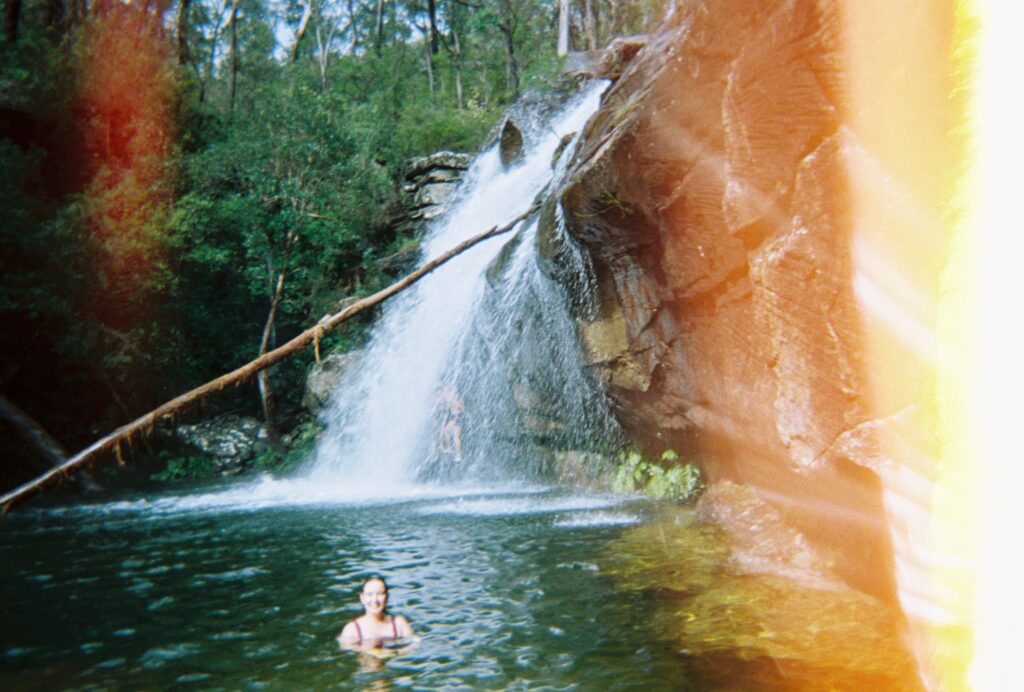
What to take in your backpack – for the girls:
Most of what I have included thus far is relevant to everyone, but from here, I will give my list that is more relevant to female travellers. I believe it is essential to include this, as I also worried about some of them before leaving for travel.
Menstruation/period cup:
One of the most widely known concepts of backpacking is trying to make the least environmental impact possible. For this reason, I choose to take my period cup with me. This is, of course, a super personal choice, and everyone has different needs, so take what’s best for you. Even better, take a few options. I also carried tampons for those just-in-case moments, especially on day trips.
Birth control, aka the pill:
If you are on the pill, I suggest taking a few extra months of the sleeves with you. Initially, I was only going to be away from home for two months, but I stayed almost four months longer, so I was delighted I had taken extra with me, so I did not need to chase around my prescriptions.
Comfortable bras and sports bras:
Having comfortable bras and a sports bra is necessary. You do not want to be sleeping on a train with a bra digging into you, and if you go hiking, you will enjoy some good support.
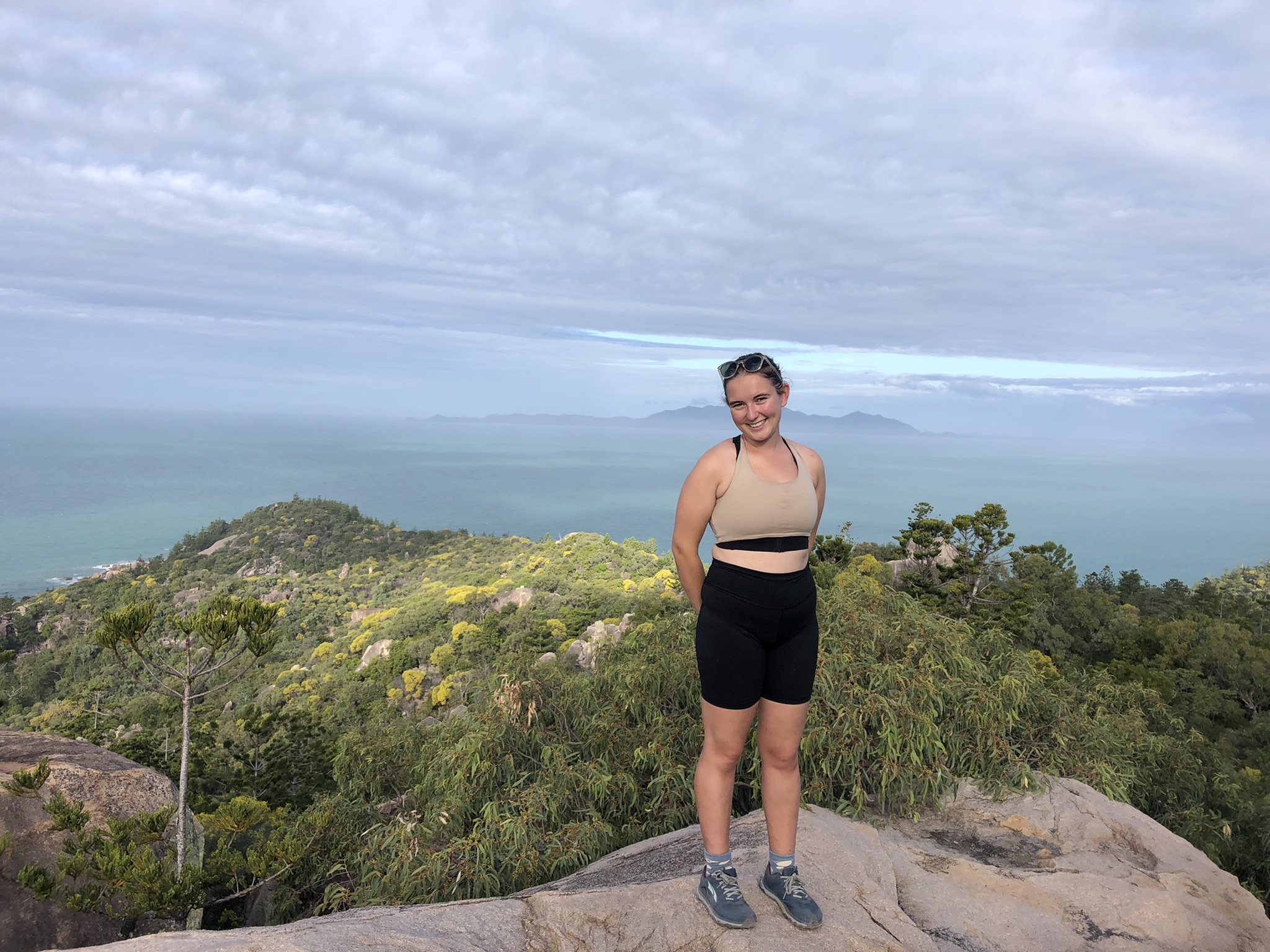
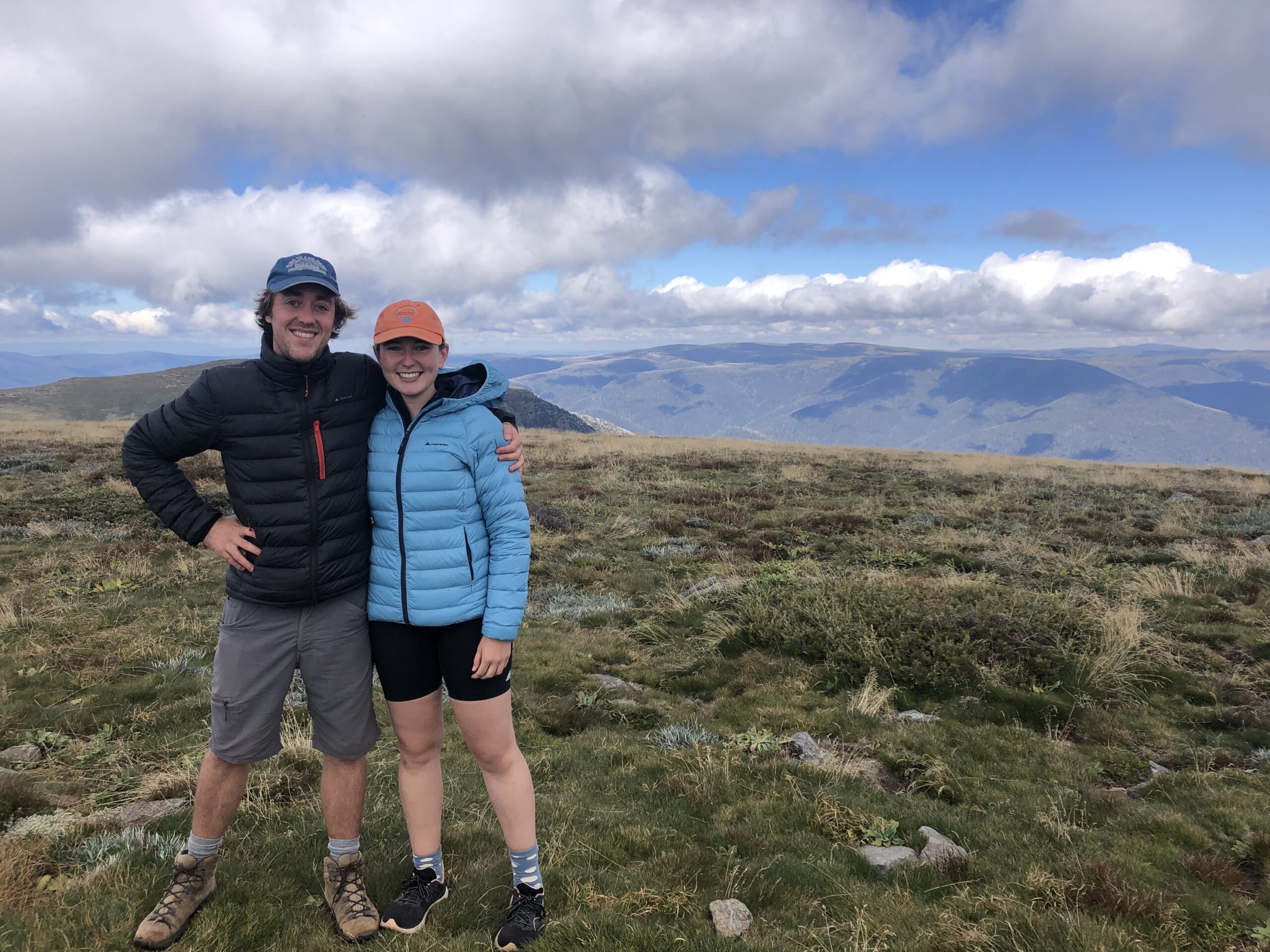
Knowing what to take in your backpack is one of the most complex parts of travelling. It would be best to balance having enough to be comfortable and having as little as possible to minimise weight. This sounds simple enough, but it gets pretty complex if you go to multiple destinations with various weather conditions. Researching and talking to other travellers is a great way to start your packing list hence why I wrote this post about what to take in your backpack. This list will change for everyone, but it is good to compare your list to a base guide like this one. If you have any questions about this, feel free to message us through the contact page or leave a comment below.
Are you enjoying our travel tips and tricks section? Please let us know in the comments below! If you need help or have questions about exploring this fantastic world, check out our travel guides or contact us through the contact page. We are happy to help with all your travel needs and questions! For more inspiration, ensure to check out our blogs and vlogs! To keep up-to-date with future adventures and travel guides, follow us on Facebook and Instagram, or subscribe to our newsletter. We can’t build this platform without our readers, so we thank you for your continued support. Stay tuned for many more adventures to come!



